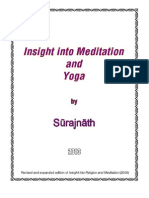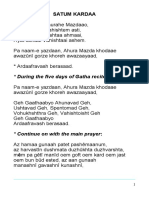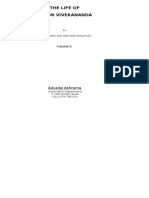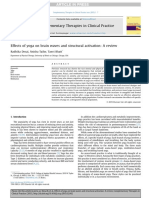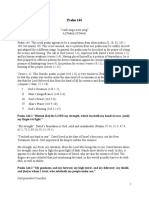Samskara:
Samskaras are the subtle impressions of our past actions. As long as we are alive, we continuously
perform actions, but not all of them contribute to the formation of samskaras. Actions that we
perform with full awareness are the ones that make the greatest impression on our mind.
In other words, it is the intention behind the action that gives power to that action. This
process is beautifully explained by the literal meaning of the word “samskara.” The
prefix sam means well planned, well thought out, and kara means “the action under-taken.”
Thus, “samskara” means “the impression of, the impact of, the action we perform with full
awareness of its goals.”
According to yogic philosophy, we’re born with a karmic inheritance of mental and emotional
patterns—known as samskaras—through which we cycle over and over again during our lives.
According to Hindu beliefs of reincarnation, every person is already born with samskaras which are
imprinted and embedded in their minds from past lives. During an individual's lifetime, they will gain
many more samskaras based on their intentions, thoughts and actions.
Samskaras originate when a vritti, or thought wave, arises in the mind. Once this thought wave has
left the conscious mind, it sinks down into the subconscious or unconscious mind, where it remains
in the form of a samskara.
As such, samskaras also serve as memory stores that hold all past experiences in perfect detail.
When memories are recalled, samskaras come back to the level of the conscious mind in waves of
recollection. Each time a samskara is recalled and repeated, the groove gets deeper and the
impression gets stronger, ultimately leading to the formation of habits.
In addition to providing a record of the past, samskaras have a residual potency that can potentially
influence a person’s future. They contain hidden expectations and unconscious ideas that are waiting
to come to fruition, and in some cases, these can be strong enough to alter thought processes.
Yogic practices such as dharana and dhyanaare believed to enable practitioners to encounter
samskaras below the threshold of consciousness, thereby allowing negative imprints to be
understood and replaced with positive ones.
Samskaras even come up during meditation and other spiritual practices. The Yoga Sutras (3:9)
clarifies the spiritual journey, explaining that there are two radically different kinds of samskaras:
Those that lead to the externalization of consciousness (any tendency that leads us further into
ignorance).
Those that cause the cessation of the mental processes (any tendency that leads us closer to the
realization of what we really are).
The yogi should cultivate the latter type of samskaras in order to prepare the proper conditions
for samadhi (ecstasy), which prevents the renewed generation of subliminal activators.
Vasana means “to remain,” “to dwell,” “to persist [in memory].” In the Yoga Sutras, Patanjali
defines vasana as a dynamic chain or concatenation of samskaras. Most often, the term vasana is
associated with the notion of subtle desire.
Vasanas are our inherent latencies and tendencies, resulting from our previous actions. They govern
the psyche unless overcome by tapas and nirodha parinama. They are assimilated with the
predispositions, tendencies, or propensities of the mind in the present life due to the experiences of
former lives. Because of all the desires we have in daily life, subliminal traces or subtle fingerprints
remain in our minds. They are what make us live in a state of constant agitation—always planning
the future and thinking about the past. This prevents us from living in the state of clarity that arises
in the awareness of the eternal present moment.
















